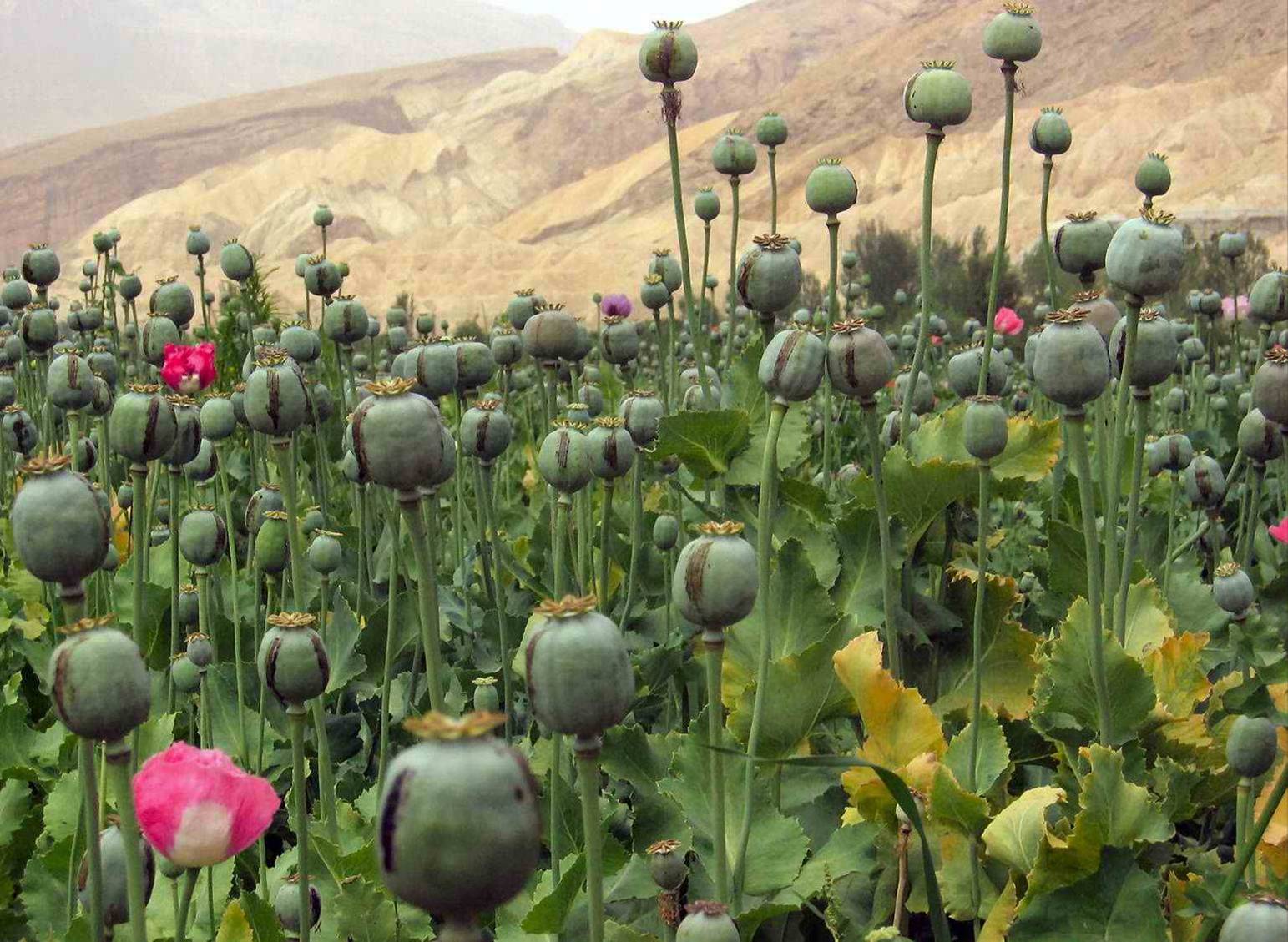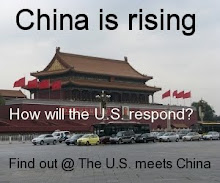The disaster in the Democratic Republic of Congo continues unabated, and, as expected, the UN is moving to withdraw the controversial MONUC peacekeeping force. The short version of the story is that Congolese President Joseph Kabila is flexing his muscles, "requesting" the UN to leave. MONUC has long received mixed reviews, but the past year has been particularly difficult. Allegations of assisting brutal warlords and a general inability to affect change in the restive eastern provinces have plagued the UN, and the end appears nigh.
Contributing to the regional instability is the continued presence of the Lord's Resistance Army, which has migrated from it's birthplace in Uganda across the DRC, Central African Republic, and Sudan. Kudos to the New York Times for having an excellent reporter, Jeffrey Gettleman, there to cover the area (read his great piece on Somalia from 2009). Unfortunately he misses part of the story about the LRA.
by Rizwan Ladha, Nuclear Policy Wonk, and author of Reconsidering it All
After many arduous months of tough negotiations between the US and Russian teams, Presidents Obama and Medvedev have finally agreed to a new follow-on treaty to the 1991 Strategic Arms Reduction Treaty I (START I), which formally expired in December 2009. The fact sheet is available here. And, noting this is very a propos,exactly one year and three days after Obama's 2009 speech in Prague, Obama and Medvedev will meet in that same city to formally sign the "New START Treaty".
This is all well and good, and given the delicate interests of both parties and the tenacity of the negotiating teams, the results are satisfactory. But are the agreed-upon cuts really substantial enough? Let's take a look at the numbers:
- 1,550 warheads, including those on deployed ICBMs (intercontinental ballistic missiles) and SLBMs (submarine-launched ballistic missiles). This is a 74% reduction from 1991 levels.
- A combined limit of 800 deployed and non-deployed ICBM launchers, SLBM launchers, and heavy bombers equipped for nuclear armaments.
- A separate limit of 700 deployed ICBMs, deployed SLBMs, and deployed heavy bombers equipped for nuclear armaments.
Second, and more importantly, let's look at that first big number: 1,550 warheads each. EACH. Sure, it's a good start, and certainly a significant cut from 1991 levels. But in this writer's humble opinion, over 3,000 nuclear weapons between the US and Russia is still way too many. Here's why:
In December 2006,scientists who worked with Carl Sagan in the 1980s on the "nuclear winter" theory took a hypothetical (though realistic) scenario in which India and Pakistan, engaged in a limited regional nuclear war, detonated a total of 100 Hiroshima-sized nuclear weapons on the South Asian subcontinent.
 America's next act of terrorism will be domestic.
America's next act of terrorism will be domestic.
With the passing of health care reform in the US House, the rhetoric emerging from the American political right has reached new heights. From the yelling of Minority Leader "Hell No You Can't" Boehner in the House to the homophobic and racial slurs hurled by protesters outside the capital building, one thing has become even more clear: as the more mainstream conservative movement becomes more frustratedly vocal, the likelihood of domestic terrorism has unintentionally risen, and has done so exponentially.
While the attack will not come from the Tea Party proper, more radical members and affiliated groups that have allied themselves with the movement are beginning to mobilize.
The fringes are restless.
Worse yet, the fringes have been empowered by a frustrated conservative mainstream desperate for popular support. Now, conservatives may have whipped up the kind of anger that cannot be put back in the bottle. What began as the corporate funded, Dick Armey led, FreedomWorks organized, anti-health care rallying Tea Party movement has grown into...
The focus of the U.S. Military in Afghanistan has apparently shifted towards Kandahar. General McChrystal recently declared that the operation has already begun. But what about Marjah? Only recently it was the primary theater for U.S. forces, and, as written here, the real struggle began after kinetic operations ended. So now, at the most important juncture, why are resources and attention being pulled elsewhere? There are numerous outstanding issues in Marjah, and neglecting them now will undermine any progress made in the past.
It's important to understand that farmers do not become wealthy by growing opium. They do it because it is a hardy crop and in times of insecurity is a reliable producer of enough cash to survive. The illicit wealth goes to a myriad of middlemen, from local drug runners and Taliban enforcers to international smugglers and distributors. These middlemen often coerce farmers into growing poppy. In areas where the Afghan government's writ is circumscribed, local Taliban sometimes require local farmers to plant opium, and threaten punishment if they do not deliver a satisfactory output after the harvest.
When viewed through this prism of desperation and coercion, it becomes clear that benign neglect from coalition forces is not sufficient to address the problem.
There are few things more intellectually satisfying than a well-executed piece of long-form journalism. While the days when literary giants like Mailer and Updike were regular contributors are long gone, modern luminaries like Michael Lewis keep the flame alive. Today we have a wealth of sources; often the problem is knowing where to look.
It is to that cartographic end that I'm starting "The Weekly Reading," a regular update of what I'm reading and what I think is important. While the focus will, of course, be international relations, I will include pieces from across the spectrum. In short, if it's good, it's included.
Please use the comments page to add your own recommendations - I'm always looking to expand my academic universe. Enjoy!
Patrick Radden Keefe, The New Yorker - "The Trafficker"
In the early nineteen-eighties, New York was what Soiles calls a “gateway city.” Heroin and hashish were smuggled from the Middle East to Western Europe and then New York, where they were distributed across the United States. As a young agent, Soiles interrogated smugglers who had been arrested, and many alluded to a Syrian named Monzer al-Kassar. “Everybody we snatched would mention his name,” Soiles recalled. Kassar was the biggest drug trafficker in Europe, they said. There were numerous spellings of the name—Manzer, Mansour, Kazar, Alkassar—but it came up again and again, eventually featuring in more than seventy-five D.E.A. investigations. One of Soiles’s colleagues likened Kassar to Keyser Söze, the mysterious, semi-mythical villain in the 1995 film “The Usual Suspects.”
Michael Crowley, The New Republic - "Our Man in Kabul?"
Fifteen years later, in May 2002, a CIA-operated aerial drone circling near Kabul shot a Hellfire anti-tank missile at a convoy on the ground. The explosion killed several men, but failed to claim its target: Gulbuddin Hekmatyar. By then, the Afghan warlord was on Washington’s most-wanted list as a leader of the post-2001 Afghan insurgency. But, eight years later, circumstances have changed once again. The United States is now considering whether it’s time to stop trying to kill Hekmatyar and start negotiating with him--a choice that could have crucial implications for Barack Obama’s war in Afghanistan.See more after the jump
Share This! (the gift that keeps on giving)
Latest Analysis
D&D Contributors
The D&D Vault
-
▼
2010
(168)
- 10/17 - 10/24 (2)
- 10/10 - 10/17 (1)
- 09/26 - 10/03 (2)
- 09/19 - 09/26 (2)
- 09/12 - 09/19 (1)
- 08/29 - 09/05 (1)
- 08/22 - 08/29 (2)
- 08/08 - 08/15 (1)
- 08/01 - 08/08 (1)
- 07/25 - 08/01 (2)
- 07/18 - 07/25 (3)
- 07/11 - 07/18 (2)
- 07/04 - 07/11 (5)
- 06/27 - 07/04 (2)
- 06/20 - 06/27 (9)
- 06/13 - 06/20 (3)
- 06/06 - 06/13 (1)
- 05/30 - 06/06 (3)
- 05/23 - 05/30 (1)
- 05/16 - 05/23 (1)
- 05/09 - 05/16 (2)
- 05/02 - 05/09 (2)
- 04/25 - 05/02 (4)
- 04/18 - 04/25 (6)
- 04/11 - 04/18 (8)
- 04/04 - 04/11 (8)
- 03/28 - 04/04 (9)
- 03/21 - 03/28 (5)
- 03/14 - 03/21 (2)
- 03/07 - 03/14 (5)
- 02/28 - 03/07 (8)
- 02/21 - 02/28 (8)
- 02/14 - 02/21 (10)
- 02/07 - 02/14 (13)
- 01/31 - 02/07 (8)
- 01/24 - 01/31 (11)
- 01/17 - 01/24 (8)
- 01/10 - 01/17 (6)





.jpg)